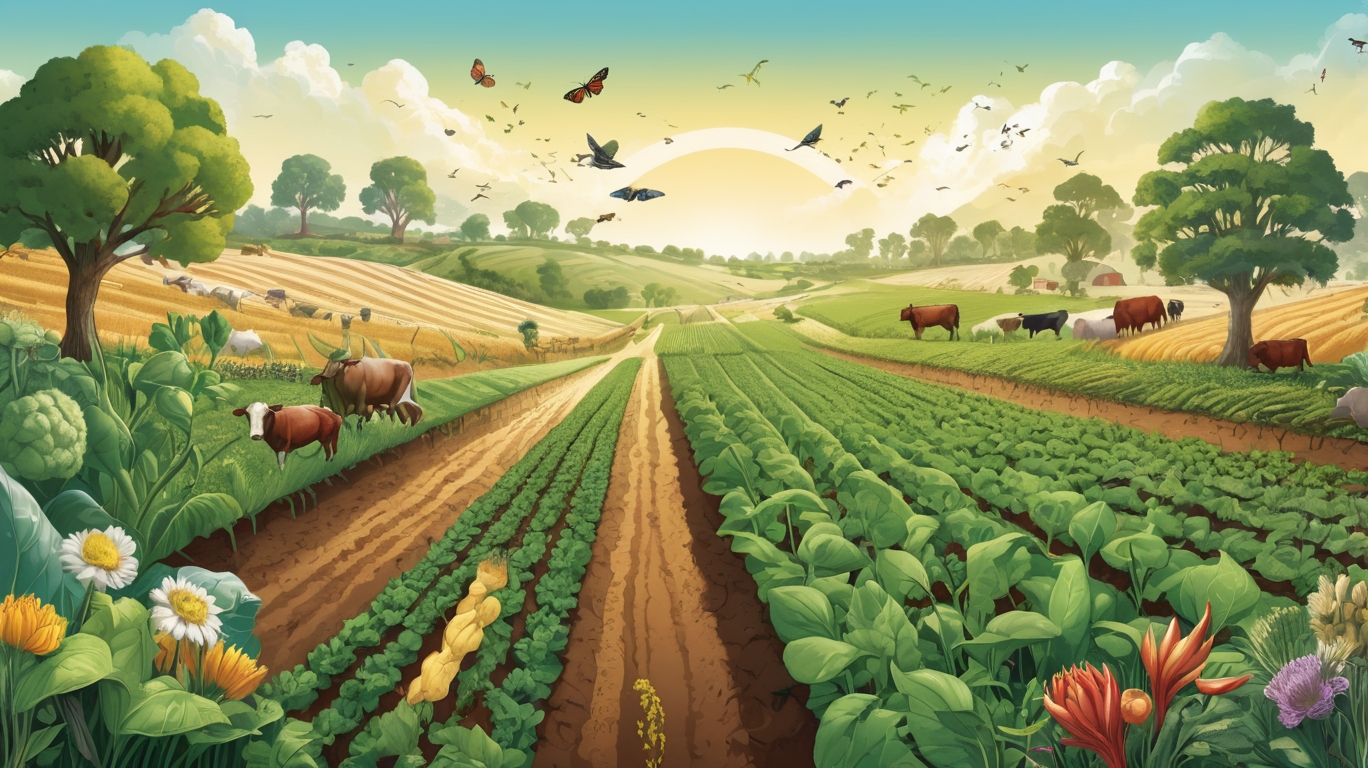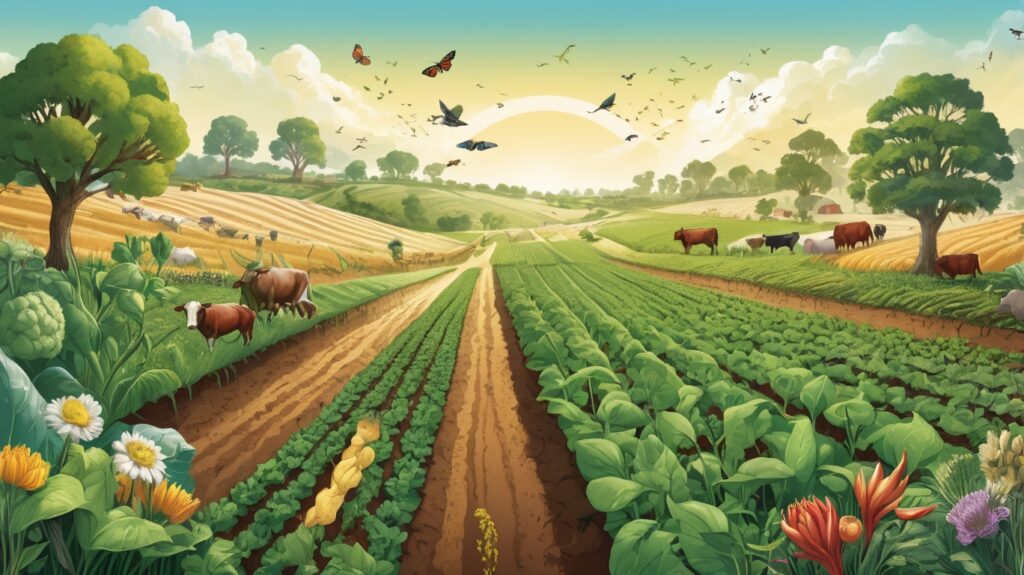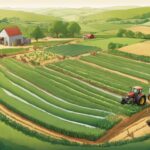How Biodiversity Affects Agricultural Productivity
In the quiet rhythm of nature, every living organism plays a subtle yet essential role. From the smallest soil microbes to the buzzing bees in flowering fields, biodiversity forms the foundation of healthy ecosystems—and, by extension, productive agriculture. While modern farming often emphasizes efficiency and uniformity, the intricate relationships between species remind us that diversity is not just a luxury but a necessity for sustainable food production.

The Hidden Web of Life in Agriculture
Biodiversity—the variety of plants, animals, fungi, and microorganisms in an ecosystem—supports agriculture in ways that are often overlooked. A diverse ecosystem creates balance, ensuring that no single pest or disease can dominate, while also fostering natural processes like pollination, nutrient cycling, and water filtration.
1. Pollination: The Quiet Work of Bees and Beyond
Many crops, from apples to almonds, depend on pollinators. Bees, butterflies, birds, and even bats contribute to the reproduction of plants by transferring pollen. Studies show that higher pollinator diversity leads to more stable and productive yields. When biodiversity declines, so does this free and irreplaceable service, forcing farmers to rely on costly alternatives like hand-pollination.
2. Soil Health: The Unseen Foundation
Beneath our feet, a thriving community of earthworms, fungi, bacteria, and insects works tirelessly to break down organic matter, fix nitrogen, and improve soil structure. Monocropping—growing the same crop year after year—depletes these organisms, leading to compacted, lifeless soil that requires more chemical inputs. Diverse crop rotations and cover crops, on the other hand, nurture soil biodiversity, reducing erosion and enhancing fertility naturally.
3. Pest Control: Nature’s Balance
A single pest can devastate a uniform crop, but biodiversity introduces natural predators that keep outbreaks in check. Birds, spiders, ladybugs, and parasitic wasps all contribute to controlling pests without synthetic pesticides. Agroecological practices, such as planting hedgerows or intercropping, encourage these beneficial species, reducing the need for chemical interventions.
4. Resilience Against Climate Extremes
Diverse farms are more resilient. If one crop fails due to drought or disease, others may thrive, buffering farmers against total loss. Genetic diversity within crops—such as traditional seed varieties adapted to local conditions—also provides a safety net in changing climates.
Moving Toward Harmonious Farming
While industrial agriculture has prioritized short-term yields, the long-term costs of biodiversity loss are becoming undeniable. The good news is that many farmers are rediscovering the wisdom of working with nature rather than against it. Practices like agroforestry, polycultures, and organic farming demonstrate that productivity and biodiversity can go hand in hand.
In the end, the relationship between biodiversity and agriculture is a gentle reminder that we are part of a larger, interconnected system. By nurturing diversity, we not only secure our food supply but also honor the delicate balance that sustains life itself.
Would you like to explore specific farming methods that support biodiversity? Let’s continue the conversation in the comments. 🌱



